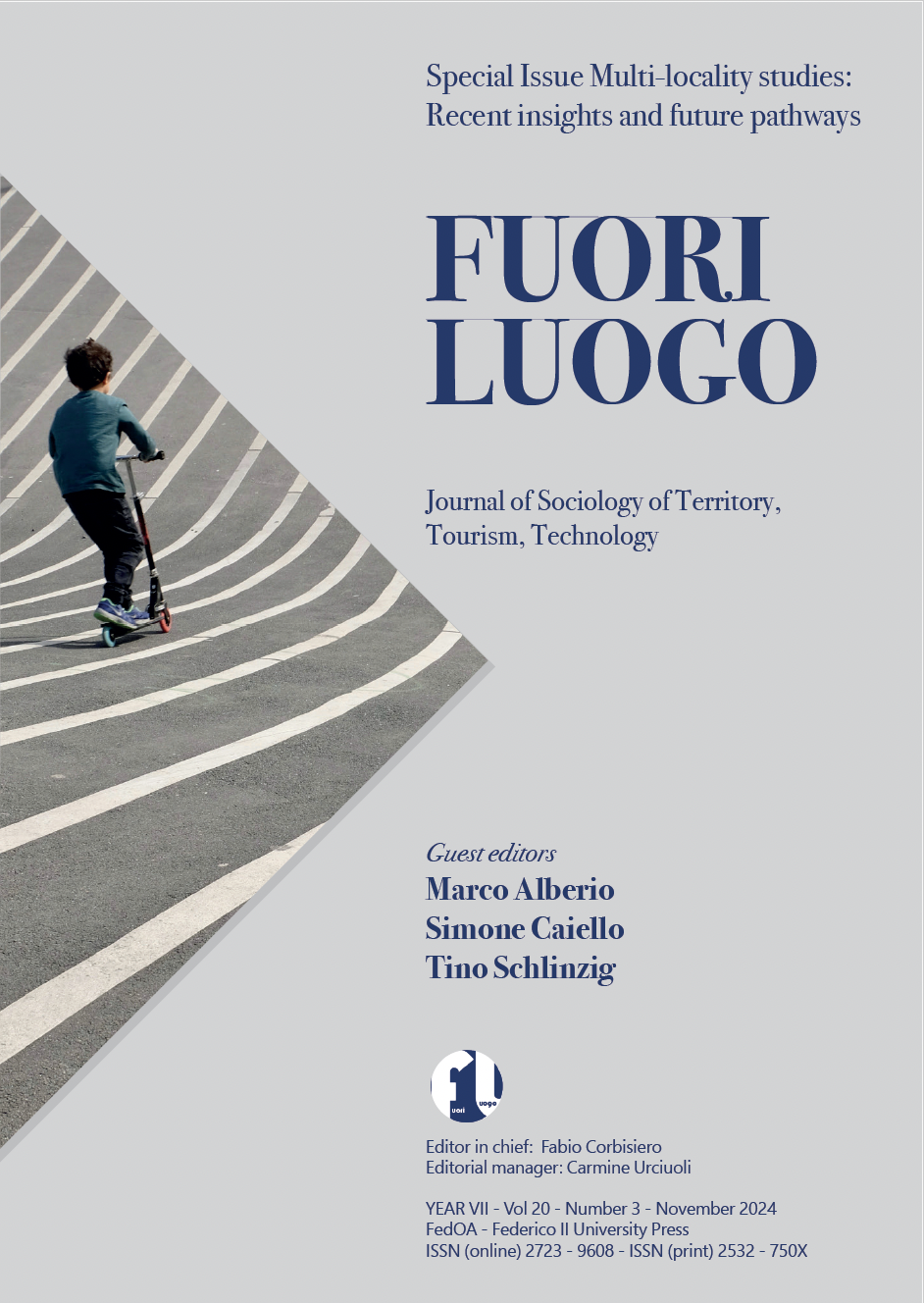Emotions through Photos in Qualitative Interviews with Multi-locals as a methodological Challenge
Abstract
Qualitative interviews are widely used research methods. However, their potential is often underestimated and not exploited. Thus, there is the possibility to complement the interviews with "new" methods - for example, the hybrid method of reflexive photography. This method from cross-cultural studies combines interview and photography techniques. In this method, the interviewees and the scientific observers reverse their roles. Therefore, the interviewees become experts for their photos, report their intentions, and subjectively select motifs. Photos offer the possibility to quickly and technically easily capture visible information. The paper discusses the method of reflexive photography and the evaluation of the empirical materials using image interpretation.
This paper deals with the emotions of multi-locals - i.e. people who live in several places at the same time – in qualitative interviews talking about photos. Due to social and societal change, multi-local lifestyles are already a reality for many people. The district of Diepholz in Lower Saxony serves as the study area. This paper aims to determine the pros and cons of reflexive photography for emotions in qualitative interviews. For this purpose, the four basic emotions, Fear, Anger, Happiness and Sadness, are examined in more detail with the help of the Circumplex Model. The question arises to what extent photos in interviews can evoke emotions in qualitative interviews?
The results show that reflexive photography and image interpretation methods offer numerous opportunities and challenges. On the one hand, a narrative impulse for the interviews is made possible. Moreover, with the help of these methods, visible information and textual-linguistic representations of the interviewees can be collected. Through the photos, the interviewees think more deeply and reflectively. The photos triggered emotional moments in the interviews. For example, there were sad narratives about family losses and emotional highlights about friends and (grand-)children. On the other hand, there is a challenge for researchers to leave the actual interpretation of the images to the interviewees and to misinterpret images. The paper explores the emotional moments of both multi-locals and the researcher.
Downloads
Copyright (c) 2024 Lena Greinke

This work is licensed under a Creative Commons Attribution 4.0 International License.




